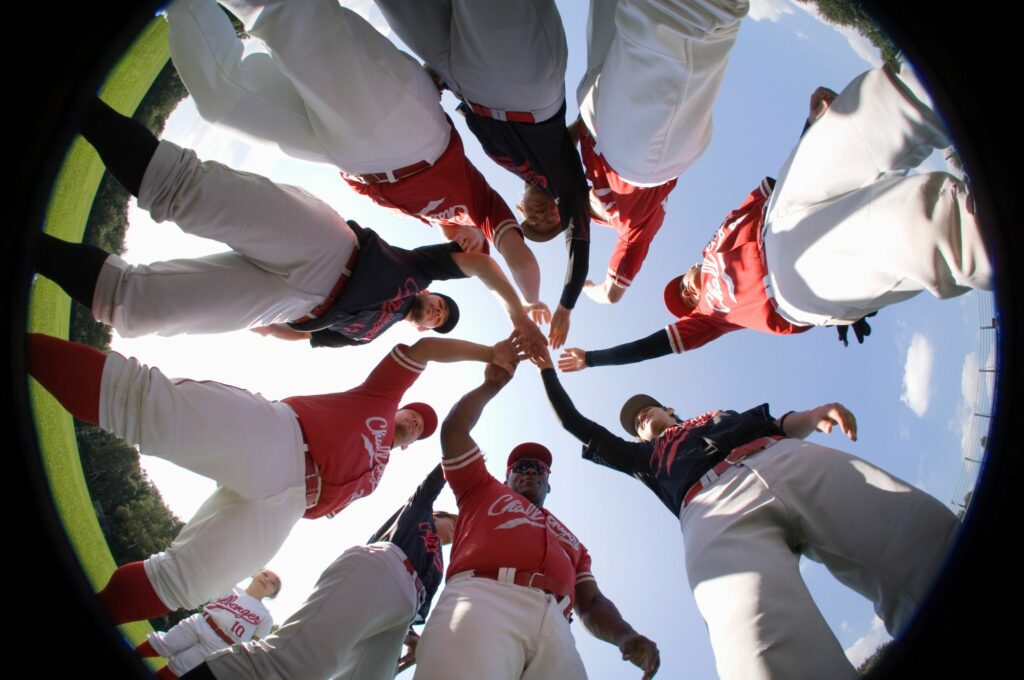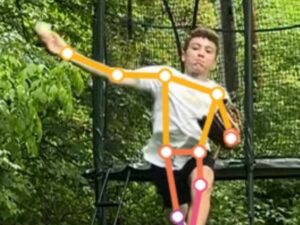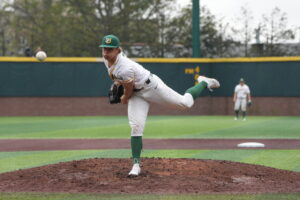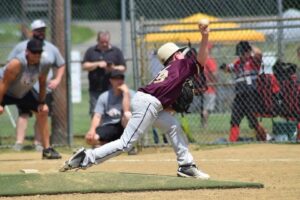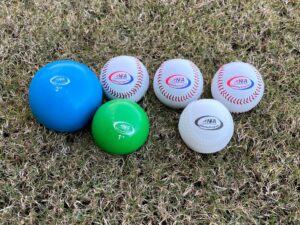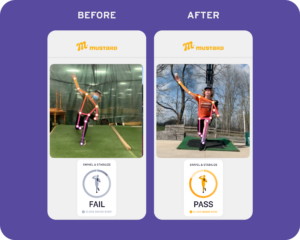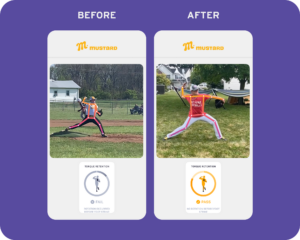By Tom House, PhD and Jason Goldsmith, with Lindsay Berra
What is play? It’s an imaginative activity that promotes discovery and learning and facilitates social and emotional intelligence. Play is a source of joy that leads to the release of neurochemicals that develop and expand synaptic networks and improve cognitive function. Play is literally good for your brain. That is the power of play.
What is the difference between work and play? For many of the athletes and parents we work with, the answer to this question doesn’t come easily. But it’s simple. Work is what you have to do to pay the bills, and playing is a gift. When you play, you don’t work for money or for outcome. You play because of the joy of the activity. In all of our interactions with elite athletes, we have met very few of them that didn’t play. Of course, an athlete’s work is his or her sport. Many of us have to work in different types of jobs; as lawyers and accountants and teachers. But, when you become good at your job, and you enjoy it, you can get to a flow state in any working activity, and it can feel like you are playing at your job. The goal is to learn how to play at whatever you do so your work disappears. That is the power of play.
Joy is the common denominator between all elite athletes. When they step on the field, they’re basically 35-year-old 12-year-olds. They enjoy the play of competition more than the work of competition. None of them actually go to the ballpark for work. Yes, for them it is monetized, and some of them do make hundreds of millions of dollars, but when they’re doing what they do, they’re kids again. That is the power of play.
Dr. Tom House on Overcoaching/Boiling the Fun out of Youth Sports. @tomhousesports
Parents, Coaches and Pitchers, be sure to watch the full interview here:https://t.co/VqQFDXKQgk pic.twitter.com/L62UTSVKaH
— Rob Friedman (@PitchingNinja) December 7, 2020
All sports are games of failure. You will feel bad more than you will feel good, no matter what sport you play. If you are failing at work, you will very quickly figure out how to find another job, but when you fail at play, it’s part of the process of knowing what not to do. You think, well, “That wasn’t as much fun as this.” If it’s play, you don’t beat yourself up over winning and losing. You savor the joy of the process, the smell of the grass, learning to throw or hit a curveball, fielding pop-ups, having a catch with dad or mom; all the things they make movies about. The superstars mix their talent with the power of play, and that’s how they compensate for the tremendous number of failures they experience every day.
You can play at any skill level. There is no skill requirement necessary for becoming lost in an activity. In fact, you learn faster when you allow yourself to become absorbed than you do when you are thinking about how to play. If you’re thinking, you’re not actually playing.
We live in an outcome world. It’s unfortunate, but it’s true. Most people pay more attention to outcome than to process. Remember, in sports, you learn about teamwork, leadership and decision making, but you have to also remember that sports are not a life-or-death operation. Understanding that is what allows a 12-year-old to play past that critical point where they can’t handle the pressure or no longer enjoy the game and quit at age 13. If they have fun, if they enjoy the play aspect of the sport, that will carry them through high school and maybe even college or pro. And even if they only play through high school, if they do it because they love it, and not because mom or dad wants them to, that’s a good thing. They’ll carry that love and sense of joy with them forever. That is the power of play.
There’s no doubt that simply playing games with other kids in the neighborhood helps to create elite athletes.
It’s all about the Power of Play.
Just listen to @tomhousesports discuss The Sandlot Model and its proven track record.#BeACutAbove #TeamMSTRD pic.twitter.com/c2GcTQbyAc
— Mustard (@TeamMSTRD) February 4, 2021
Structure has destroyed the power of play. Left to their own devices, kids will figure it out, but parents, and our society at large, often don’t allow kids to approach sports as play. Kids are rewarded by outcome. If you get good grades, you’re going to get a scholarship. If you pitch well, you’re going to get a scholarship. If you do both, you’ll get a pro contract. In today’s world, parents recognize the value proposition of sports without understanding the value proposition of play. They become helicopter parents, running interference so their child can be successful as a 12-year-old when being really good as a 12-year-old is nice but not at all necessary. Parents don’t realize most good athletes are not skilled at what they do at age 15 or 16. Most Hall of Famers were late bloomers. There is no way someone would continue to play or compete if it was work starting from age 12. They’d never make it to 17 or 18 or 19 when they grow into their bodies and really start to get good. If it’s work, they’re going to find something else to do.
Play is a random thing. It evolves around rules, yes, because you have to learn to play a sport by the rules, but the more structured it becomes, the more externally focused the game is, the less there is play. The sandlot doesn’t exist anymore, and in the COVID world it can’t exist, but even before COVID, the sandlot had all but disappeared. Parents have become so wary. My parents let us jump on our bikes and ride to a field and hang out until dark, and you can’t do that today. Of course, organized practice is a part of sports, but the kids also have to have fun participating in them, and they first have to be there simply because they enjoy the game. At our indoor camps in the offseason, as soon as we give the kids a break from structured camp, it takes two minutes for them to organize themselves into a bunch of games of wall ball. When left to their own devices, kids who love to play will figure out a way to play.
Nothing greater than the power of play! Love the pure joy in this video 🙌🏻 https://t.co/6yBd6xrjuq
— Tom House (@tomhouse) May 4, 2020
We play less as we age. And that’s unfortunate. Even a more mature child will play less than a younger kid, suppressing the urge to giggle and romp in order to manage risk and conform to social norms. And for many adults, curiosity is totally replaced with risk management and social conformity. And with that, you lose the benefit of all the great neuro chemicals that come from the joy of play. As we age, we must find a balance between risk and security. Grown-up, ambitious and intelligent people don’t like to fail or look stupid. Play involves failure, so play becomes hard work.
At Mustard, we want to revolutionize the power of play. I – this is Tom speaking – grew up throwing a tennis ball at the garage door, and we would play for hours pretending to be pitching and hitting in the big leagues; for me, it was always Dodgers Stadium, which made it so easy and joyful to play there as a pro. Kids don’t do that anymore, and if they do, it’s virtual, through virtual reality and video games. But that isn’t the same as physically doing it. Mustard combines the physical and the digital by adding the power of play to technology. We want to be the 21st-century version of the tennis ball against the garage door by putting “play” into a handheld device and mentoring kids through the process of becoming their own best.
If you’d like more great content from Mustard, and you’d like to evaluate and improve your own pitching mechanics, download the Mustard pitching app today.

